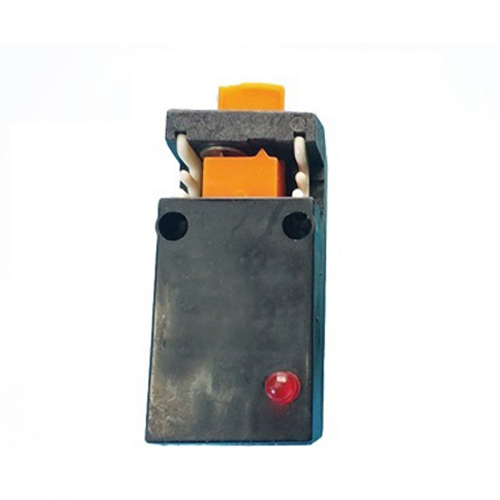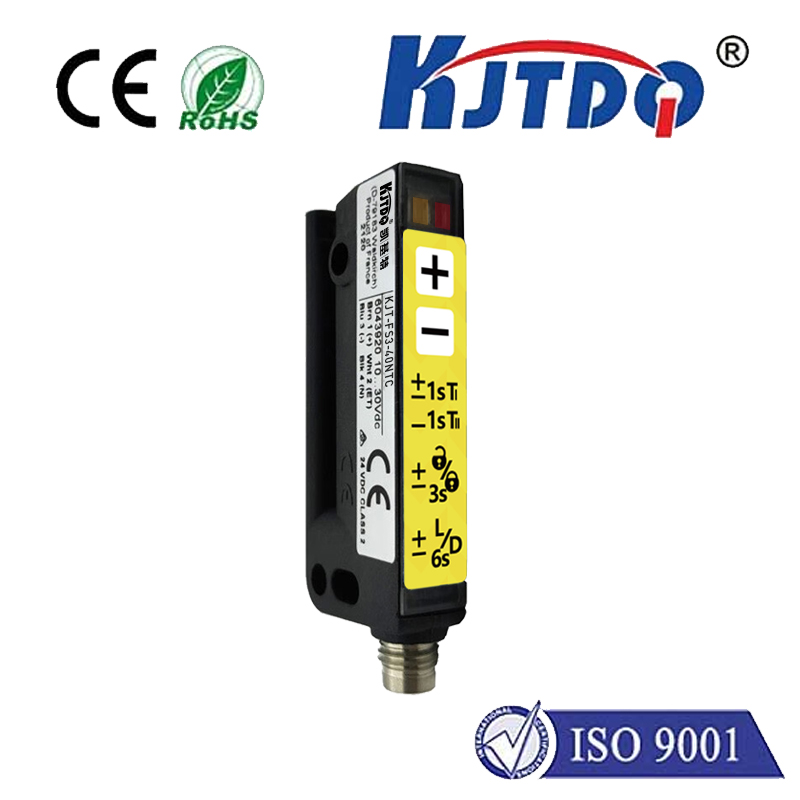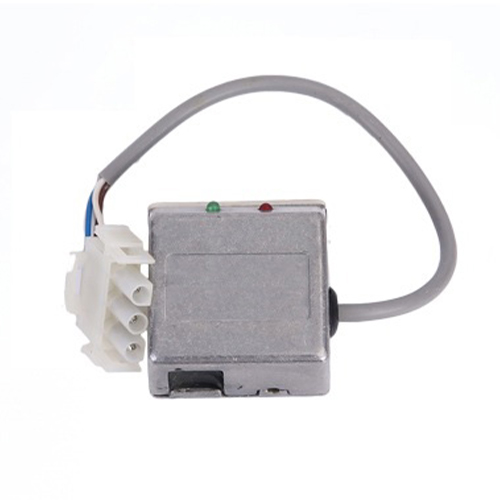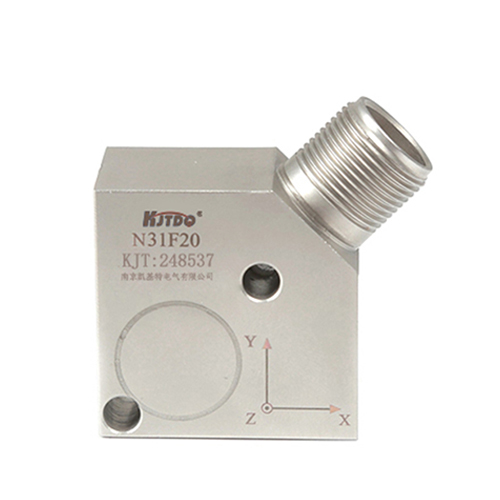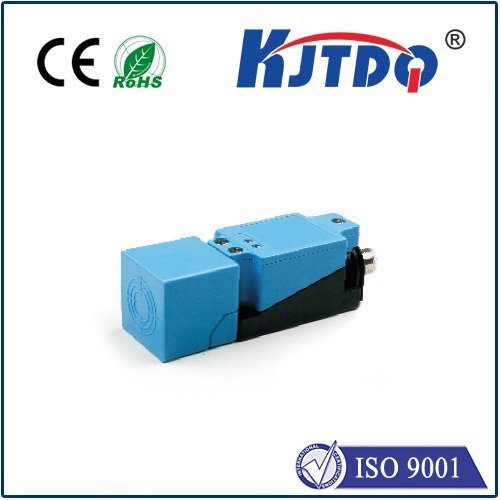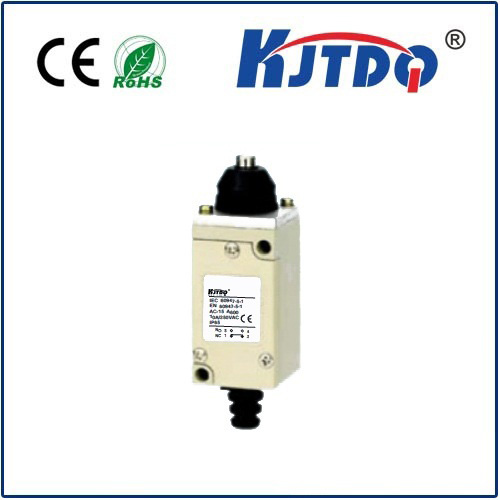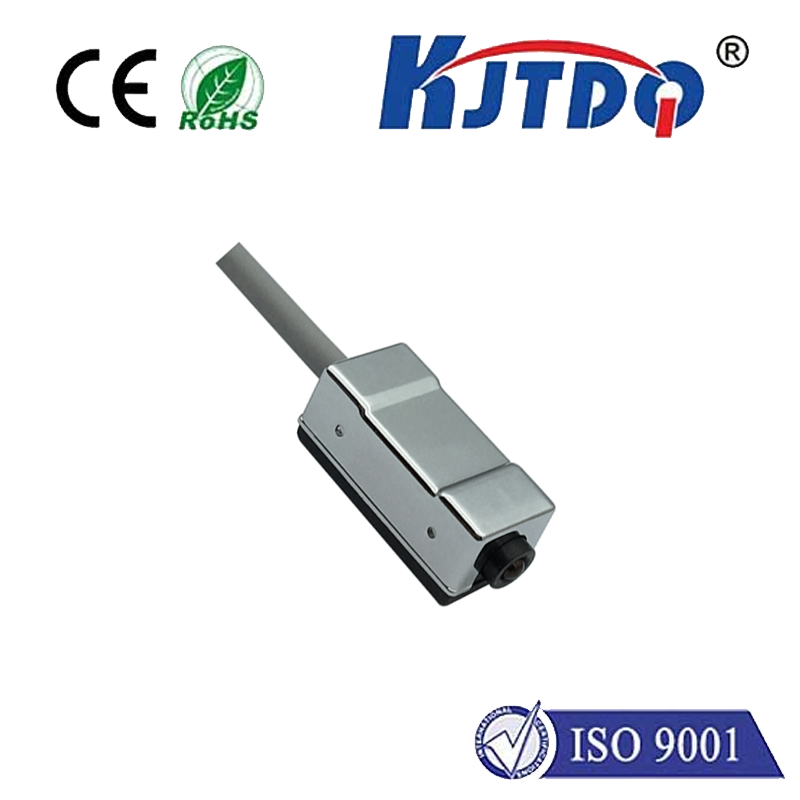

check

check

check

check

check

check

check

check

check

check
In an age where technology is constantly evolving, it's easy to overlook the power of proximity. From smartphones to smart homes, the concept of being "in close proximity" has become ubiquitous in our daily lives. But what many people don't realize is that even the smallest devices can have a significant impact when used strategically. This article explores how the proximity of certain technologies can enhance our experiences and transform our world.
Chapter 1: The Importance of Proximity in Smart Homes
As smart homes become more prevalent, the role of proximity in controlling these devices becomes increasingly important. By using proximity sensors and other smart technologies, homeowners can create a more seamless and intuitive living environment. For example, a smart thermostat can automatically adjust the temperature based on your location within the home, making it more comfortable for you whether you're sitting on the couch or away on vacation. Similarly, smart lighting systems can turn off or dim lights based on your presence or movement, creating a truly personalized experience.
Chapter 2: The Power of Proximity in Healthcare
Proximity-based technologies are also transforming the healthcare industry. Wearable devices such as fitness trackers and smartwatches can monitor vital signs and provide real-time feedback to patients and doctors. In addition, telehealth services allow remote consultations with physicians, making it easier for patients to receive care regardless of their location. By leveraging the power of proximity, healthcare providers can improve patient outcomes while reducing costs and increasing access to care.
Chapter 3: The Impact of Proximity on Education
Proximity-based technologies are also having a significant impact on education. Mobile devices and tablets allow students to take learning materials with them wherever they go, providing greater flexibility and convenience. Virtual reality and augmented reality technologies offer immersive learning experiences that can engage students and make subjects more accessible. In addition, proximity sensors can be used to track student behavior and attendance, allowing educators to identify potential issues before they become major problems.
Chapter 4: The Advantages of Proximity in Business
Businesses are also benefiting from the power of proximity. Mobile devices and apps enable employees to work remotely, improving productivity and efficiency. Real-time location tracking allows companies to track the movements of their employees and ensure compliance with safety regulations. Additionally, proximity-based marketing strategies can help businesses reach their target audience more effectively by tailoring their message to the specific location of their customers.
Conclusion: Transforming Our World with Proximity Technologies
The small size of proximity-based devices may deceive us into thinking that they cannot make a big impact. However, as this article has shown, these technologies have the power to transform various aspects of our lives, from our homes and workplaces to healthcare and education. As technology continues to evolve, it will be interesting to see how proximity plays an even greater role in shaping our future.
